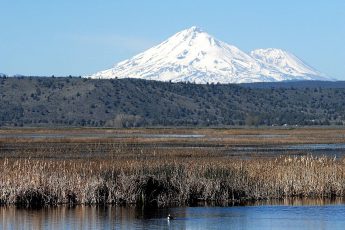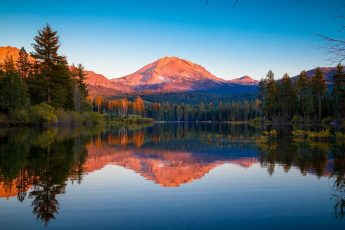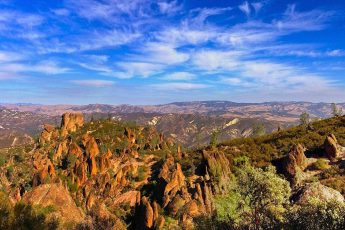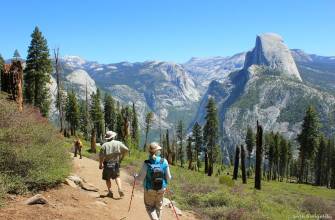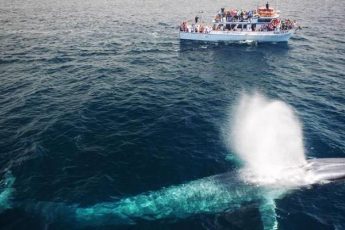If you’re looking for an outdoor adventure that’s a little different from the norm, Sequoia National Park is a great place to check out. Not only does it have some of the best hiking trails in California, but it’s also home to some friendly black bears.
If you’re lucky, you may even get to see one crossing the park road! If camping is your thing, there are plenty of campgrounds in and around the park where you can set up your tent and enjoy nature at its finest. Just be sure to take all the necessary precautions when camping in bear country. We’ll talk about safely seeing bears in Sequoia National Park in this post.
- Know Your Bear
- What to Do If You See a Bear
- How to properly store your food and scented items while camping
- What type of bear is most common in Sequoia National Park
- What to do if you are attacked by a bear
- Staying Safe in Bear Country: Bear Spray & Firearms
- Practice Safe Bear Spray Use
- What bear spray is the best?
- Viewing Bears
- When Bears Prepare For Winter
- When Bears Wake Up
- Tips for avoiding an encounter with a bear altogether
- Questions About Bears
- Are there bears in Sequoia National Park?
- How to deter Bears while hiking?
- Where to see Bears in Sequoia National Park?
- Were there any Bear attacks in Sequoia National Park?
- How many Bear attacks per year in the US?
- How often bear spray works?
- Do bears climb sequoia trees?
- Do you need bear spray in Sequoia?
Know Your Bear
The difference between Grizzly Bear, and Black Bear (which you can actually spot in Sequoia National Park).
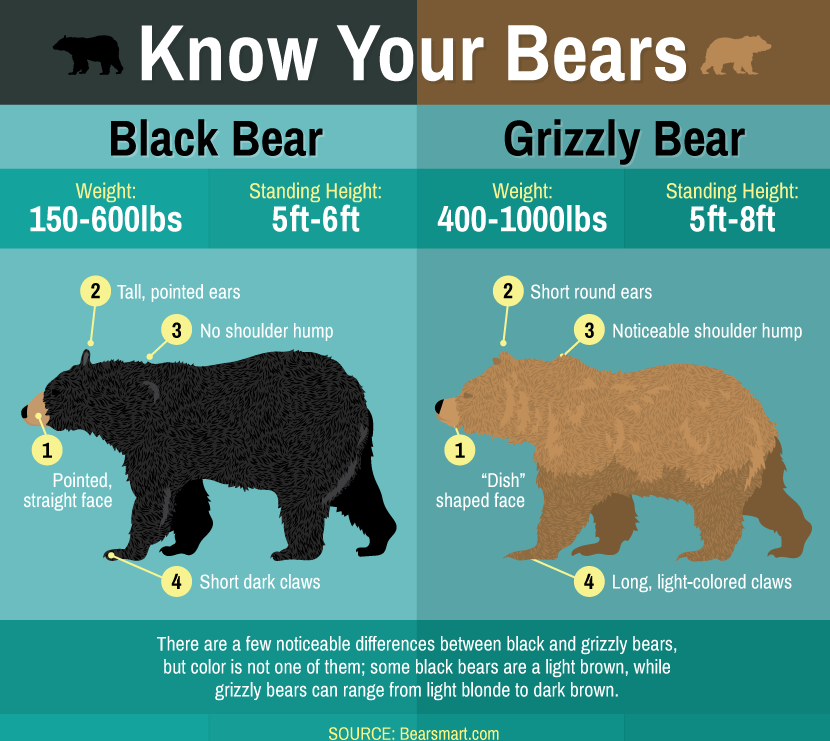
What to Do If You See a Bear
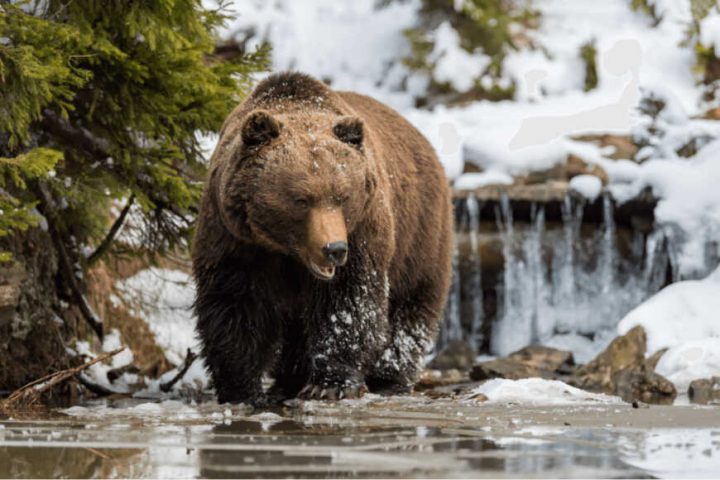
If you’re in Sequoia National Park and you see a bear, the first thing you should do is stay calm. Bears are typically shy animals and will usually avoid humans if they can. However, if you encounter a bear while hiking, make some noise to let it know you’re there – clapping, singing, or talking loudly should do the trick.
You may also want to try backing away slowly, especially if the bear is a cub or its mother is nearby. If all else fails and the bear starts to approach you, be prepared to fight back by using any object at your disposal – a rock, stick, or even your fists. Just remember that it’s always better to avoid a bear encounter in the first place, so please heed the following tips!
How to properly store your food and scented items while camping
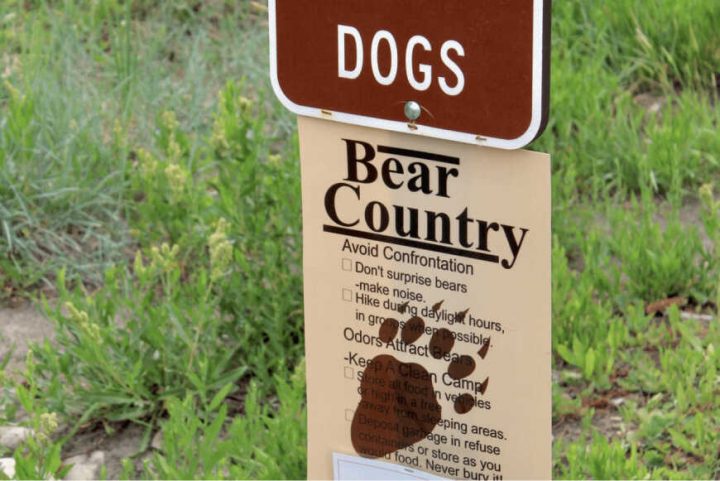
When camping in bear country, it’s important to store your food and scented items properly. This means keeping them in a cool, dry place – such as a bear-proof canister or locker – and making sure they’re well out of reach of any curious critters. You should also avoid cooking near your tent, as the smells from cooking food can attract bears from far away.
It’s also a good idea to hang your food from a tree while you’re camping, as this will further deter bears from coming near. Just be sure to use a sturdy rope and knot it so the food bag doesn’t fall. And whatever you do, never try to feed a bear – it’s not only illegal but also very dangerous.
What type of bear is most common in Sequoia National Park
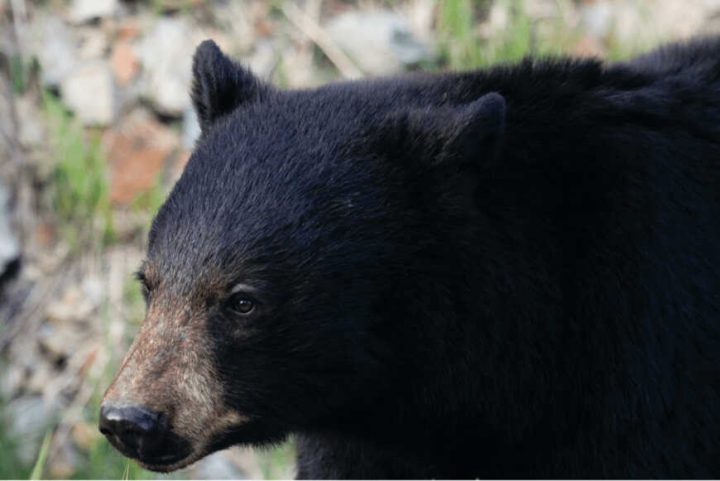
The most common type of bears in Sequoia National Park is the black bear. They can typically be found near streams and in forested areas, and they usually weigh between 100-300 pounds. The best way to avoid an encounter with a black bear is to make lots of noise while hiking and to keep your campground clean and free of food smells.
If you do encounter a black bear, try to stay calm and back away slowly. If the bear starts to approach you, make loud noises or throw rocks at it. And remember – never run from a bear! It’s much more likely to chase you down if you do.
What to do if you are attacked by a bear
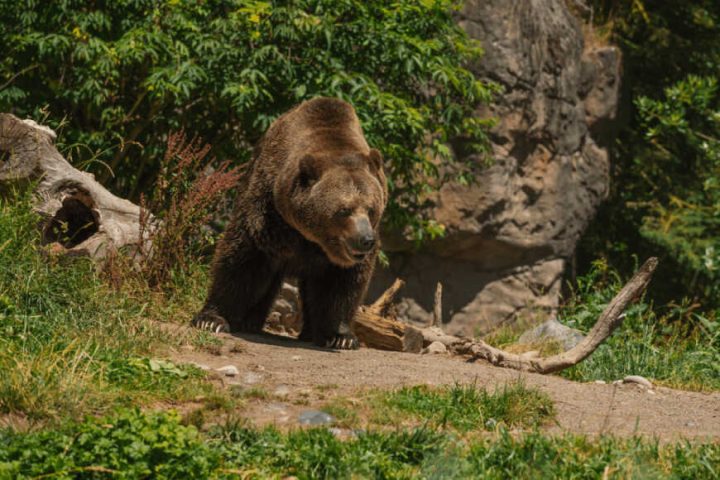
If you are attacked by a bear, the best thing to do is fight back, remember never to play dead. Use any object at your disposal – a rock, stick, or even your fists – and try to injure the bear as much as possible. If you can, get away from the bear and seek help.
It’s important to remember that most bears are shy animals and will usually avoid humans if they can. However, attacks do happen on occasion, so it’s best to be prepared just in case.
For more information on what to do if you’re attacked by a bear, please visit the National Park Service website.
Staying Safe in Bear Country: Bear Spray & Firearms
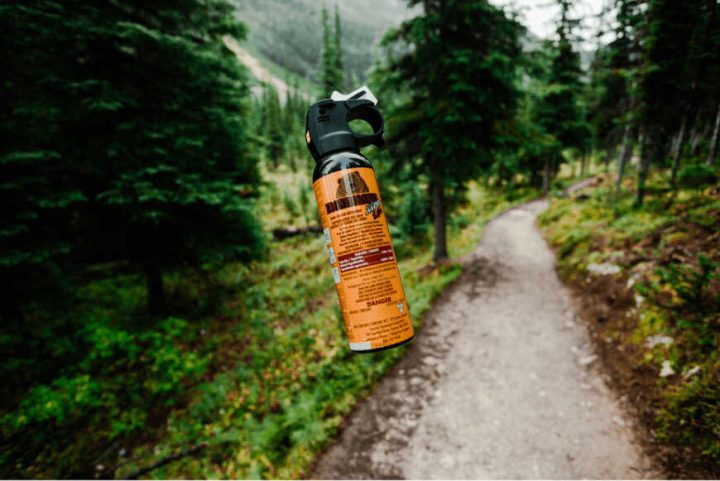
In addition to following the tips listed above, you may also want to consider carrying bear spray or a firearm while camping in bear country. Bear spray is an effective way to deter bears from attacking, and firearms can be used for self-defense in case of an emergency.
Please note that it is illegal to discharge firearms within Sequoia National Park, so please only use them as a last resort. For more information on staying safe in bear country, please visit the National Park Service website
Practice Safe Bear Spray Use
Just like any other type of weapon, bear spray should be used with caution. Here are a few tips to help you practice safe bear spray use:
- Always store your bear spray in a cool, dry place
- Make sure you know how to operate the canister before heading into the park
- Be aware of your surroundings and keep the bear spray within reach at all times
- Avoid using the bear spray near food, animals, or people
- Never try to reload a canister of bear spray that has been used
What bear spray is the best?
The best bear spray is the one that will stop a bear in its tracks. It’s important to choose a can of bear spray that has the label “UL tested” so you can be sure it will work. Make sure to keep your bear spray handy while hiking and camping in bear country!
Viewing Bears
Bears can be easily spotted while driving through the park, but it’s important to remember that they are wild animals and should not be approached. If you do see a bear while driving, please slow down and give it plenty of room. Do not stop your vehicle or get out of it to take pictures or videos.
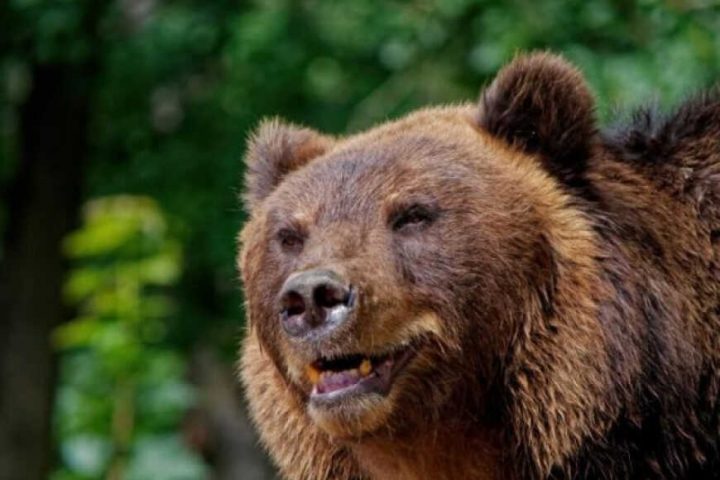
If you’re hiking in the park and spot a bear, please stay on the trail and do not approach it. If the bear is blocking the trail, please wait until it moves away before continuing on your hike. And remember – never feed a bear!
When Bears Prepare For Winter
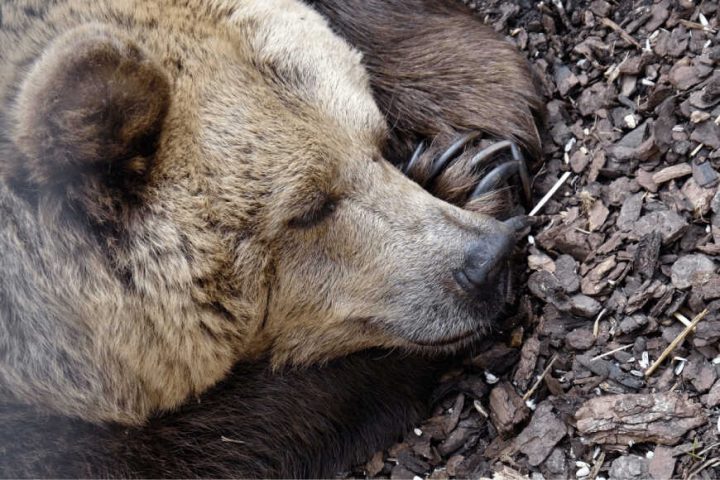
Bears in Sequoia National Park start to prepare for winter around September or October. They will begin to build up their fat reserves by eating lots of food, and they may also search for a den in which to spend the winter.
The best way to avoid running into a bear during this time is to stay on the trails and make lots of noise. Be sure to keep your campground clean and free of food smells, and never leave food or garbage unattended.
When Bears Wake Up
Bears typically start to wake up from their winter hibernation in late February or early March. They will begin to look for food and may be more aggressive than usual.
More about bears and other wildlife in California in our Complete California Guide. Learn More.
Tips for avoiding an encounter with a bear altogether
There are a few things you can do to avoid an encounter with a bear altogether.
- Make sure to hike in groups and make noise while on the trail. Bears are more likely to avoid humans if they know we’re there.
- Keep your campground clean and free of food smells. This means storing your food and scented items properly, and avoiding cooking near your tent.
- Be sure to hang your food from a tree while you’re camping. This will further deter bears from coming near. Just be sure to use a sturdy rope and knot it so the food bag doesn’t fall.
By following these simple tips, you can help prevent bear encounters and make your time in the great outdoors even more enjoyable.
Learn more about black bears at Lodgepole Visitor Center.
Questions About Bears
Are there bears in Sequoia National Park?
How to deter Bears while hiking?
Where to see Bears in Sequoia National Park?
Were there any Bear attacks in Sequoia National Park?
How many Bear attacks per year in the US?
How often bear spray works?
Do bears climb sequoia trees?
Do you need bear spray in Sequoia?
#1 Ultimate California Travel Guide
Guide to California, that will make your trip unforgettable.
Thanks for reading! I hope this has been helpful. If you have any questions or would like to share your tips, please feel free to leave a comment below.


